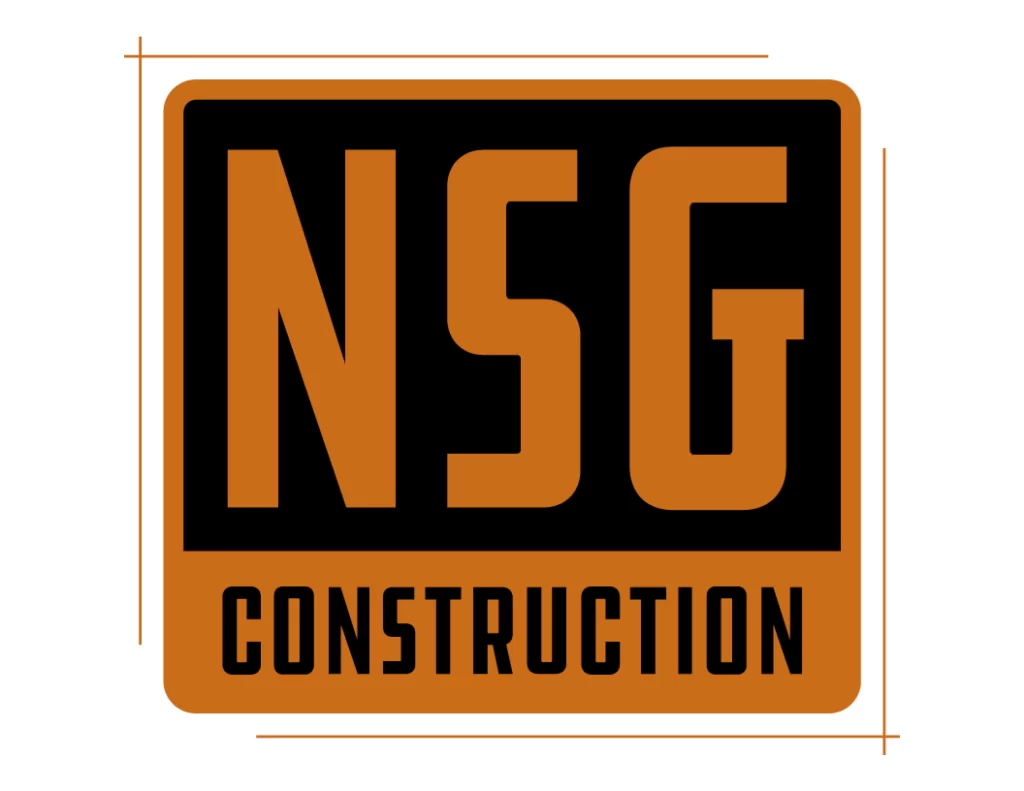Remodeling your commercial space can breathe new life into your business, attract more customers, and increase employee productivity. Whether you are a small business owner or managing a larger business, improving the design and functionality of your business environment is an investment that can pay off. Managing a remodeling project within a tight budget can feel overwhelming. Fortunately, with careful planning and the right approach, you can achieve your vision for your space without breaking the bank.
In this blog, we will explore practical tips for budgeting for a commercial remodel and prioritizing your remodel. These tips can help you make informed decisions that ensure you get the most value for your investment while staying within your budget.
1. Define Your Priorities Clearly When Budgeting for a Commercial Remodel
Before you start the remodel, take time to clearly define your priorities. This will help you determine where to allocate your budget, so you spend your money on the things that matter most to your business.
Start by asking yourself:
- What areas of the business need the most attention? For example, do you have a reception area that looks outdated, or is your kitchen or office space in need of an upgrade?
- What can make the biggest impact on customer experience or employee productivity? Would a more welcoming reception area make a difference for customers, or would improving employee workspaces help your team be more efficient?
- Are there any old or outdated spaces that need immediate attention? If certain parts of your business, such as plumbing, flooring, or lighting, are broken or falling apart, they should be prioritized for immediate attention.
By identifying your most urgent needs, you can focus your spending on the areas that will make the biggest difference. This will also help you avoid wasting money on unnecessary cosmetic changes that may not provide much value to your business.
2. Set a Realistic Budget
When it comes to remodeling, it is easy to get carried away with big ideas, especially if you have a vision for creating the perfect space. However, it is important to set a realistic budget based on what you can afford and the amount of work required.
To help guide your budgeting process, consider the following:
- The size of your space: Larger spaces generally require more resources and time to remodel, which can increase costs.
- The extent of the work: Some areas of your business may need minor changes, while others may require structural changes or more complex improvements.
- Unexpected costs: Remodeling projects often come with surprises, so it is wise to allocate an additional 10-15% of your budget for unforeseen expenses.
If you are not sure how much to budget for your remodel, consider consulting a professional remodeler who has experience with commercial spaces. They can provide insight into typical costs in your area and help you estimate a more accurate budget.
3. Work with a Skilled and Experienced Contractor
One of the most important decisions you will make during a remodel is choosing the right contractor. A skilled and experienced contractor can help keep your project on track, ensuring that it stays within budget and meets your expectations. It is important to hire a contractor like NSG Construction who has experience with commercial remodeling and is familiar with the specific requirements of businesses in your area.
To make sure you are hiring the right professional, consider the following tips:
- Local referrals: Check with your local chamber of commerce or with people you trust who have had recent work completed.
- Check their experience: Look for a contractor who has worked on similar projects in your local area. They will be familiar with local building codes, permits, and the specific needs of businesses in the region.
- Review past work: Ask for examples of previous commercial projects and customer reviews such as Google, Yelp, and Facebook. This will help you gauge the contractor’s reliability and quality of work.
A good contractor will guide you through the entire remodeling process, from planning and design to completion. They’ll help you make informed decisions and ensure that the project stays on schedule and within budget.
4. Focus on Cosmetic Updates First
If you are working with a limited budget, focusing on cosmetic updates can give you the biggest impact for the least amount of money. Cosmetic updates can instantly improve the look of your business without requiring major changes or structural work.
Some simple yet effective ideas include:
- Fresh paint: A new coat of paint can completely transform the feel of your space. Consider using bold colors or creating accent walls to make a statement.
- Updated flooring: If your floors are old or worn out, consider replacing them with more durable, cost-effective options like vinyl or laminate.
- New lighting fixtures: Energy-efficient lighting can brighten up your space while saving on energy costs. Adding new light fixtures or upgrading existing ones can give your business a more modern, professional feel.
- Signage and branding updates: Refreshing your signage or adding new branding elements can make your business more recognizable and professional.
These small changes can make a big difference, improving the overall atmosphere of your space without breaking the bank.
5. Consider Phased Remodeling
If you are working with a limited budget, focusing on cosmetic updates can give you the biggest impact for the least amount of money. Cosmetic updates can instantly improve the look of your business without requiring major changes or structural work.
Some simple yet effective ideas include:
- Fresh paint: A new coat of paint can completely transform the feel of your space. Consider using bold colors or creating accent walls to make a statement.
- Updated flooring: If your floors are old or worn out, consider replacing them with more durable, cost-effective options like vinyl or laminate.
- New lighting fixtures: Energy-efficient lighting can brighten up your space while saving on energy costs. Adding new light fixtures or upgrading existing ones can give your business a more modern, professional feel.
- Signage and branding updates: Refreshing your signage or adding new branding elements can make your business more recognizable and professional.
These small changes can make a big difference, improving the overall atmosphere of your space without breaking the bank.
6. Take Advantage of Incentives and Financing
Small business owners, may be eligible for local incentives, grants, or tax credits that can help cover some of the costs of remodeling. Local government programs may offer financial assistance for businesses that are upgrading their space to improve sustainability or enhance public safety.
In addition to incentives, ask your contractor about financing options. Some contractors offer payment plans that allow you to spread the cost of your remodel over some time. You can also check with your financial institution to see if there are any low-interest loans available to help finance your commercial remodel.
7. Don’t Skimp on Quality in Key Areas
While it is important to keep costs down, there are some areas where cutting corners is not the best idea. Investing in high-quality materials and reliable systems can save you money in the long run by reducing the need for future repairs.
For example:
- Flooring: Choose durable, long-lasting materials for high-traffic areas, such as entryways, hallways, or customer-facing areas.
- Plumbing and electrical systems: These are essential systems that should be done right the first time. Don’t try to cut costs with cheap or outdated components.
Consult your contractor to ensure you are making the right decisions when it comes to quality versus cost.
8. Keep Communication Open
Open and honest communication is key throughout the remodeling process. Regular updates from your contractor will help you stay informed about the project’s progress and ensure you are aware of any changes that might affect your budget.
If any issues arise, discuss them with your contractor right away. Transparency will help prevent misunderstandings, delays, or surprise costs.
9. Plan for the Future
When budgeting for your remodel, think about the long-term needs of your business. Will your business expand in the next few years? Is there a chance that you might need more space or a different layout down the line? By planning, you can make sure your remodel will accommodate future changes without requiring major updates.
Designing your space with flexibility in mind can save you money in the future. For example, planning for future expansions or adaptable layouts can make future changes easier and less costly.
A commercial remodel does not have to be a financial burden. By following these budgeting tips and prioritizing the areas that will have the most impact on your business, you can create a functional, attractive space that fits your budget. Careful planning, smart spending, and working with the right professionals will help ensure that your remodel is a success.
If you need help planning your next commercial remodel, contact us today! We are here to guide you through the process and help you get the most value from your investment, all while staying within your budget. Let’s get started on transforming your business space!




